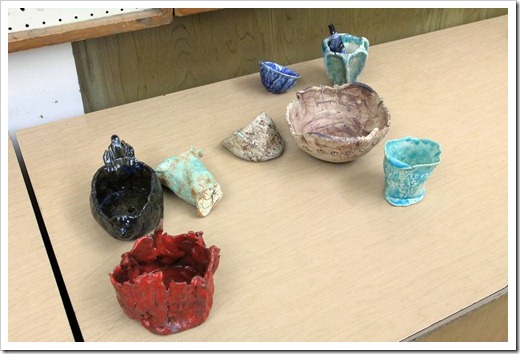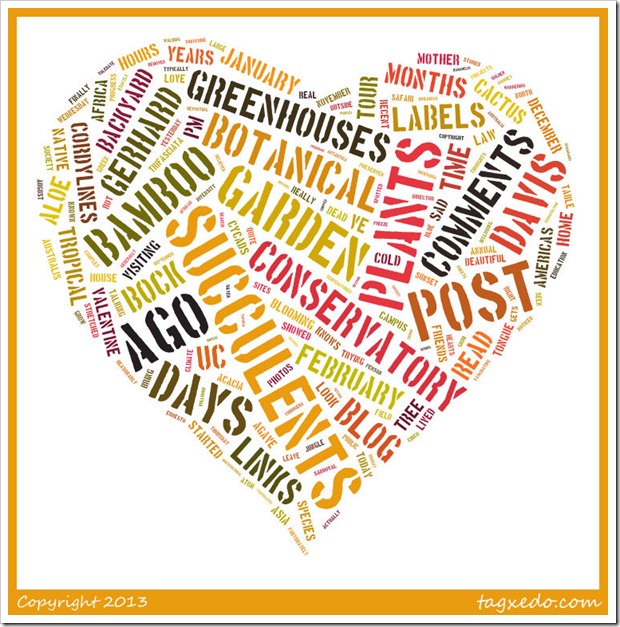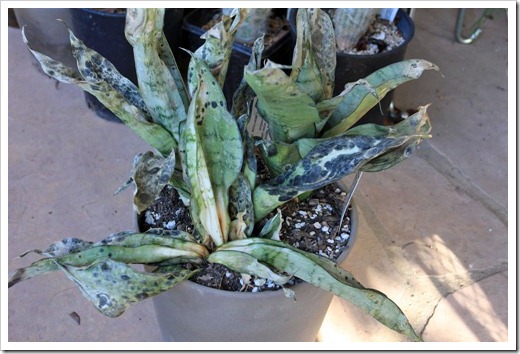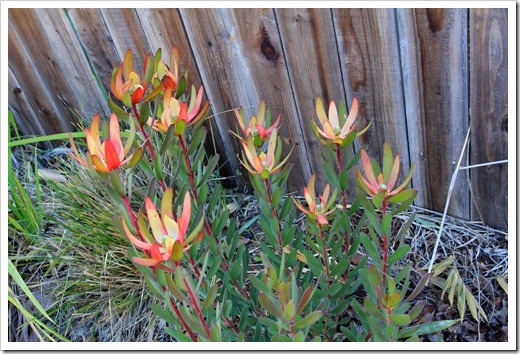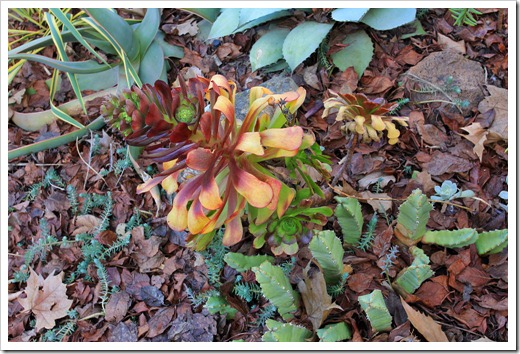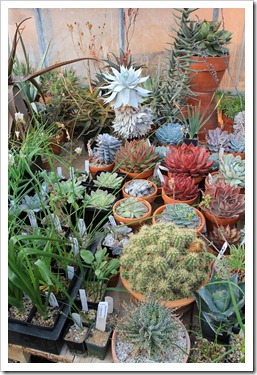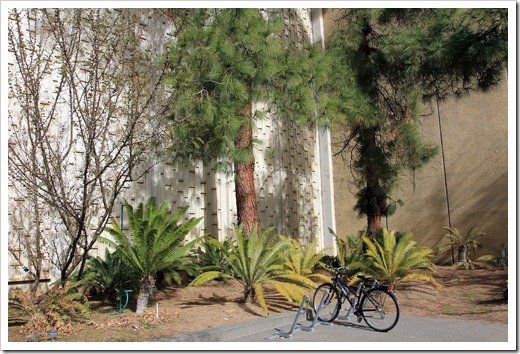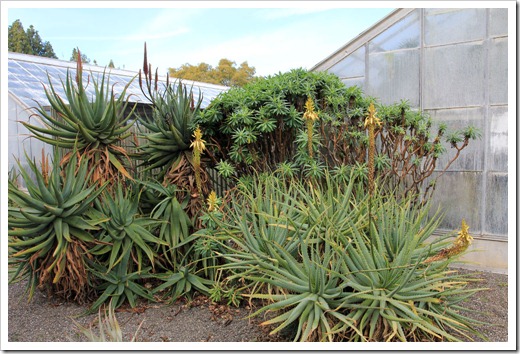I know the title of this post sounds a bit morbid, especially on Valentine’s Day, but I couldn’t help myself. I just love the name “mother-in-law’s tongue,” and, well, mine is dead. I’m not talking about my real mother-in-law, whom I love dearly and who fortunately is very much alive, or any of her body parts. Rather, I’m talking about my Sansevieria trifasciata ‘Hahnii’. This is a shorter and more compact version of the popular mother-in-law’s tongue . Mine lived on the front porch where it did really well. Until winter came. While in absolutely terms this winter has been fairly mild—the low recorded at our house was only 28°F— Sansevieria trifasciata apparently can’t even handle that. In fact, I can say with 100% certainty that 28°F is too cold for it. The fact that it’s typically kept as a houseplant should have been a dead giveaway. This is what my plant looks like now: Not so pretty anymore. This won’t stop me from trying again, but I will definitely bring the next one insi
